When you walk a dry-mix plant floor in Hebei (I’ve done a few tours), you quickly learn that cellulose ethers make or break a coating line. That’s why the buzz around Chemical Chemicals Raw Materials Mhec Manufacturer Good Quality Sales MHEC Cellulose Coating feels justified—especially for putty powder and coating teams chasing consistency and workable rheology.
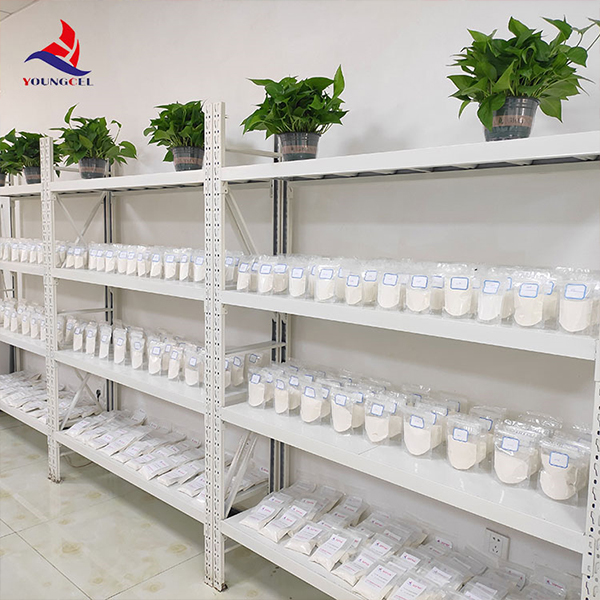
What’s shaping the market now
Two things: stricter jobsite repeatability and “recipe-light” mortars. In fact, many customers say they want fewer additives without sacrificing open time or sag resistance. Chemical Chemicals Raw Materials Mhec Manufacturer Good Quality Sales MHEC Cellulose Coating slots in neatly—higher water retention at leaner dose rates, plus a creamier trowel feel (that’s the informal feedback I keep hearing).
Product snapshot (hedged for real-world conditions)
| Parameter | Typical Value ≈ (lab basis) |
|---|---|
| Classification | Methyl Hydroxyethyl Cellulose (MHEC) |
| CAS No. | 9032-42-2 |
| Appearance | White to yellowish powder |
| Viscosity range | 20,000–80,000 mPa·s (2% solution, Brookfield, ASTM D2196) |
| pH (1% sol.) | 6.5–8.5 |
| Moisture / Ash | ≤5% / ≤3% |
| Particle size | 80–120 mesh (most pass) |
| Packaging | 25 kg/bag |
| Shelf life | ≈24 months, dry/cool storage |
| Origin | No.1 Shifu East Road, Gaocheng District, Shijiazhuang, Hebei, China |
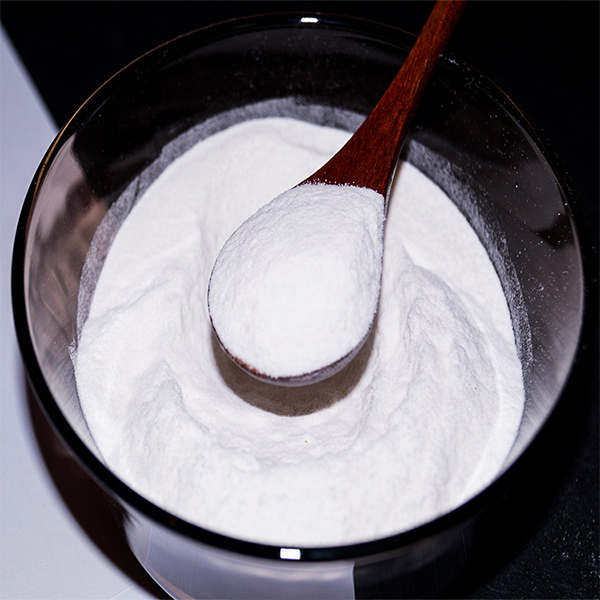
Where it’s used (and why it works)
- Wall putty/skim coat: smoother drawdown, fewer pinholes, better water retention.
- Tile adhesive (C1/C2): improved open time and sag resistance (per EN 12004 methods).
- Gypsum plaster/joint compounds: slip control and crack mitigation (see ASTM C472 context).
- Latex/coatings: stable thickening and anti-sag; dispersion is surprisingly easy.
Field numbers (typical, plant-dependent): water retention 95–98%, open-time extension +10–20 min, slump/sag reduction ≈20–35% at equal binder. Your mileage will vary with cement fines and ambient RH.
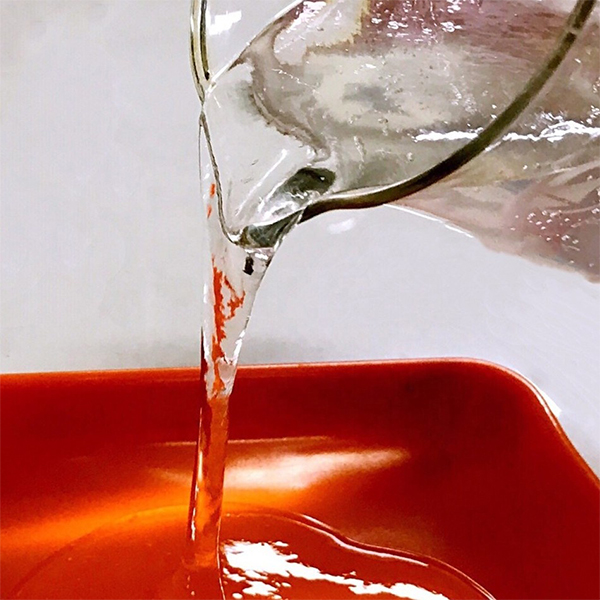
How it’s made (short version) and how it’s tested
Process flow, simplified: refined cellulose → alkaline activation → etherification (methyl chloride + ethylene oxide) → neutralization → washing → drying → milling → QC. Key QC includes Brookfield viscosity (ASTM D2196), moisture, ash, pH, methoxy/hydroxyethyl substitution, sieve residue, and application panels for adhesion/open time per EN 12004-2. Service life is mostly about storage; keep bags dry and you’re fine for two seasons, to be honest.
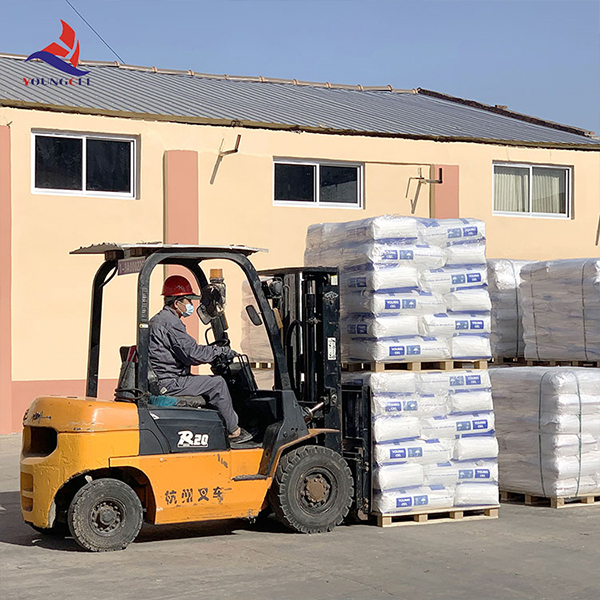
Vendor comparison (pragmatic view)
| Vendor Type | Viscosity Options | MOQ | Lead Time | Customization | Certs |
|---|---|---|---|---|---|
| Hebei manufacturer (this product) | 20k–80k mPa·s | ≈1–5 tons | 7–15 days | Tailored DS/MS, particle size | ISO 9001; REACH-ready |
| Regional trader | Limited | Flexible | Stock-dependent | Minor tweaks | Varies |
| Local brand (blended) | Mid grades | Low | Fast if in-stock | Limited | Basic |
Customization and deployment tips
- Dosage: 0.20–0.60% on binder for putty; 0.30–0.70% for tile adhesive (C1/C2).
- Premix dry with fillers to avoid fisheyes; water temperature affects dissolution rate.
- For fast-setting systems, choose lower substitution to curb delayed strength.
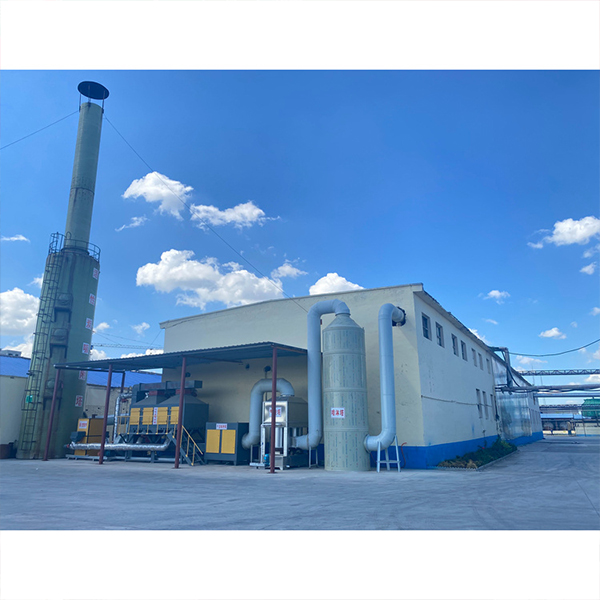
Mini case file: coastal facade putty
A Southern China applicator reported that switching to Chemical Chemicals Raw Materials Mhec Manufacturer Good Quality Sales MHEC Cellulose Coating at 0.35% cut callbacks by 30% during a humid month. The mix felt “creamier,” sanding was easier, and open time improved enough to reduce re-tempering. It seems mundane, but on large elevations that’s real money saved.
Certifications and compliance
Manufacturing is typically ISO 9001-governed, with REACH-conscious formulations. Lab work references ASTM D2196 for viscosity and EN 12004-2 for adhesive panels; gypsum systems check against ASTM C472 benchmarks. Documentation is available on request—always ask for the latest COA.
References:
- ASTM D2196 – Standard Test Methods for Rheological Properties by Rotational (Brookfield-type) Viscometer.
- EN 12004-2 – Adhesives for tiles – Test methods.
- ISO 9001:2015 – Quality management systems – Requirements.
- European Chemicals Agency (ECHA) – REACH guidance for polymers and additives.
-
Understanding Methyl 2 Hydroxyethyl Cellulose: Uses, Benefits & Industry InsightsNewsNov.24,2025
-
Hydroxyethyl Methyl Cellulose HEMC: Industrial Uses, Benefits & Future TrendsNewsNov.23,2025
-
HEMC Cellulose: Versatile & Sustainable Industrial Polymer | YoungcelNewsNov.23,2025
-
Methyl Hydroxyethyl Cellulose: Versatile Building Block for Industry & SustainabilityNewsNov.23,2025
-
CAS 9032 42 2: Understanding Polyvinyl Alcohol's Impact on Industry & SustainabilityNewsNov.22,2025
-
Hydroxyethyl Methyl Cellulose: Versatile Solutions for Modern Industry and SustainabilityNewsNov.22,2025




